Construction sites have heavy equipment, high-speed power tools, tall ladders, and slick surfaces. With all of these on-site safety risks, it would be easy to overlook the hazards of a simple hole in the ground. Unfortunately, excavations and trenches can be some of the most dangerous places on a job site. Trench cave-ins can happen due to water accumulation, unstable soil, and improper sloping. However, trench boxes, appropriate sloping, and ladders are simple methods to prevent trench accidents.
What are trench cave-ins?
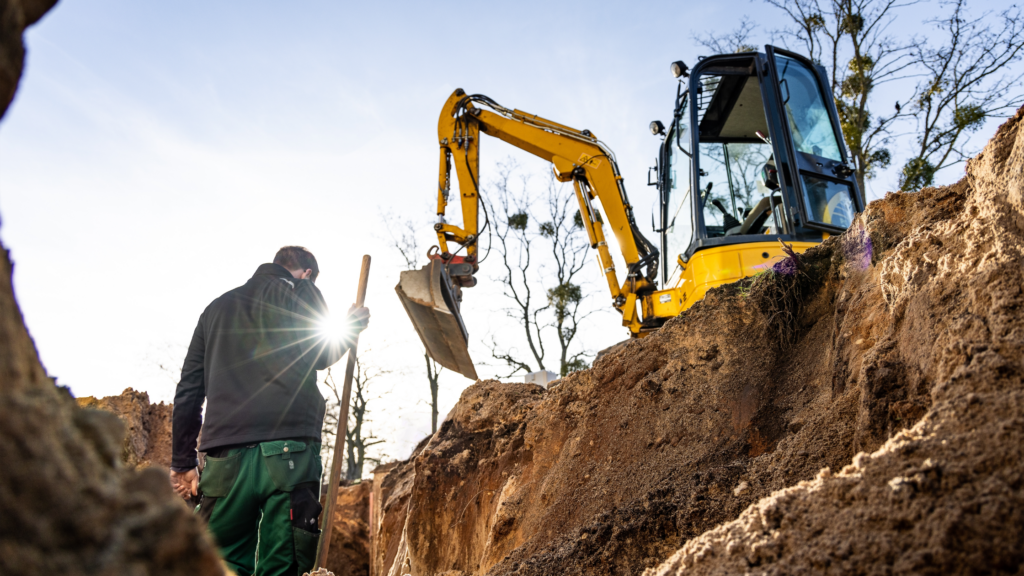
Construction often involves excavation—digging into the ground to lay foundations, build below-ground structures, or lay pipes for plumbing, electrical work, and other systems. Trenches are excavations in which the depth of the hole is greater than the width.
When companies don’t take adequate safety precautions, there’s a high risk of cave-ins, which occur when the sides of the trench collapse and fall inward. Falling soil and rocks can weigh hundreds, if not thousands of pounds, and pose considerable risk to those working inside the trench. Workers can be trapped by soil, debris, or even buried alive.
The Occupational Safety and Health Administration (OSHA) reported thirty-nine trench deaths in the US in 2022, over double the 15 deaths reported in 2021. Unfortunately, construction workers make up the majority of these deaths, accounting for 85% of fatal incidents in the decade from 2011-2021 and 90% of non-fatal injuries.
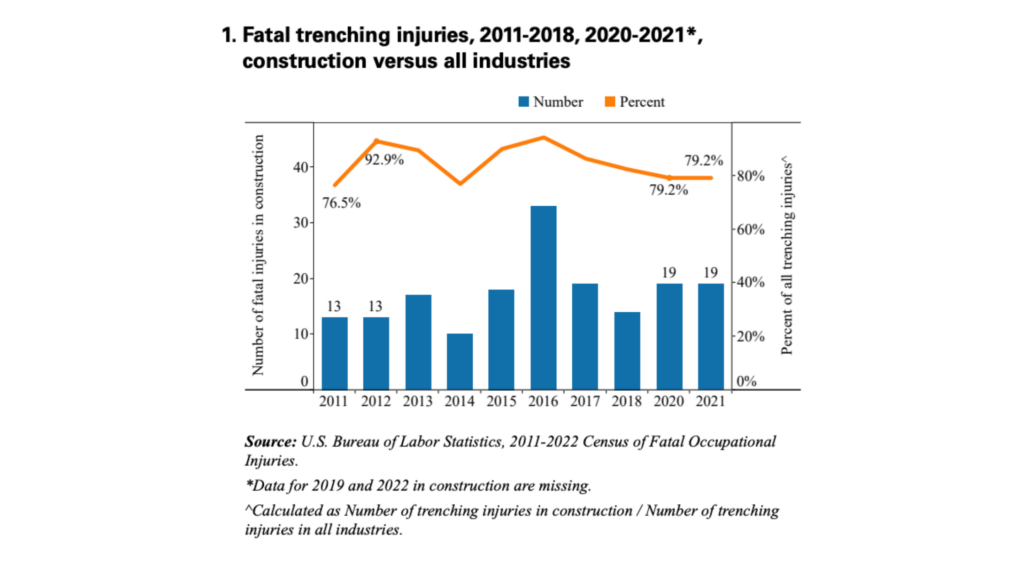
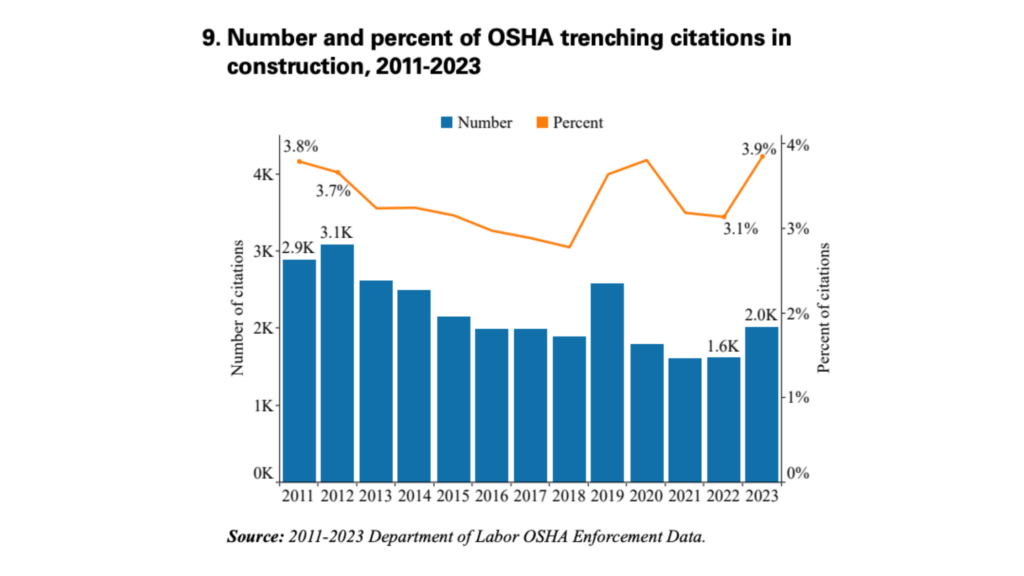
Even with the risk of fatality, companies regularly skirt regulations. In 2023, a company in Mandan, North Dakota, was handed fines totaling over half a million dollars for failing to protect its workers in trenches, while Connecticut-based Botticello Inc. earned over $375,000 in penalties for trench cave-in that led to a worker’s death.
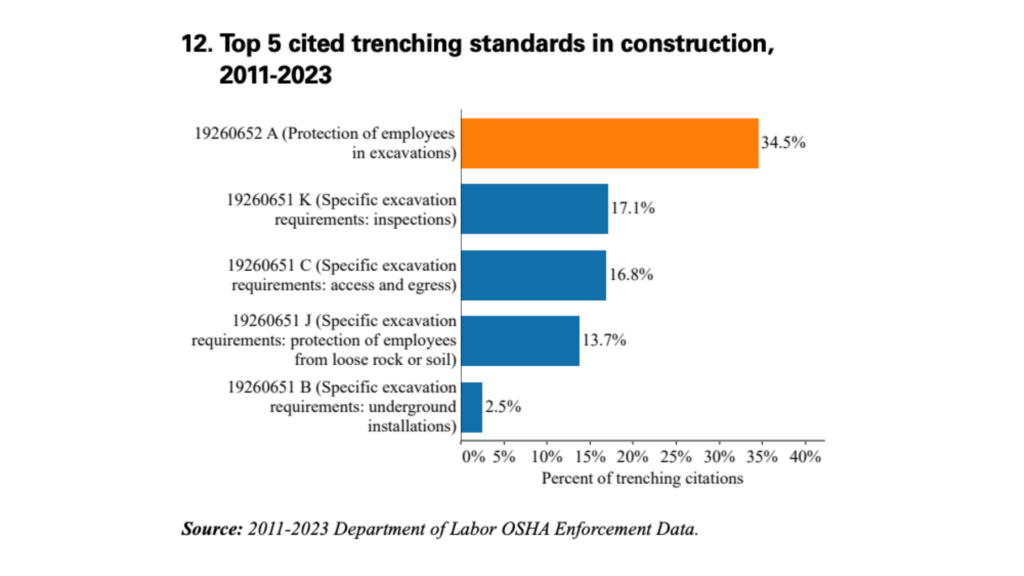
Why trench cave-ins happen
Most—if not all—trench collapse cases can be prevented by being aware of the common causes and taking appropriate precautions to prevent cave-ins, including following proper safety guidelines for trench excavations.
Common causes of trench cave-ins are due to several factors:
- Water accumulation from heavy rains, flooding, or high water tables can weaken the soil around a trench and cause it to collapse inwards.
- Unstable soil like gravel or sand is more prone to cave-ins.
- Improper sloping leaves trench walls too unstable to support the weight of surrounding soil. The deeper and narrower a trench is, the greater the pressure on trench walls and the higher the risk of collapse.
- Soil overloading can occur when heavy machinery, equipment, or materials are placed too close to the trench edge, causing it to cave in.
- Vibrations from heavy machinery or nearby traffic can also contribute to trench collapses by destabilizing trench walls.
4 ways to prevent trench cave-ins and save lives
Although trench cave-ins can occur due to weather, soil quality, or ambient activity, there are proven ways to make the trench environment safe for workers on every project and every construction site.
OSHA provides regulations for trenches and excavations, including guidelines for making trenches safe and secure.
Sloping
Providing adequate sloping is one of the most effective ways to prevent trench cave-ins. Slope requirements vary based on soil type; stable surfaces require less sloping, and more unstable soils require more sloping to mitigate the risk of trench collapse.
For excavations less than 20 feet deep, OSHA requires the following slopes:
Stable rock: Vertical (90º)
Type A Soil: 3/4:1 (53º)
Type B Soil: 1:1 (45º)
Type C soil: 1 ½:1 (34º)
A 1:1 slope means the sides must also slope back one foot for every foot of depth. Similarly, a 2:1 slope ratio means that for every foot of depth, the sides must slope back two feet.
Shoring
Shoring a trench involves stabilizing the walls using temporary supports to prevent soil from caving in. Shoring is typically made from wood or metal strong enough to withstand the soil pressure on either side of the trench. Shoring can use hydraulic systems, in which hydraulic pistons press metal plates against the trench walls to stabilize them, or fixed methods like beam and plate shoring.
Trench boxes
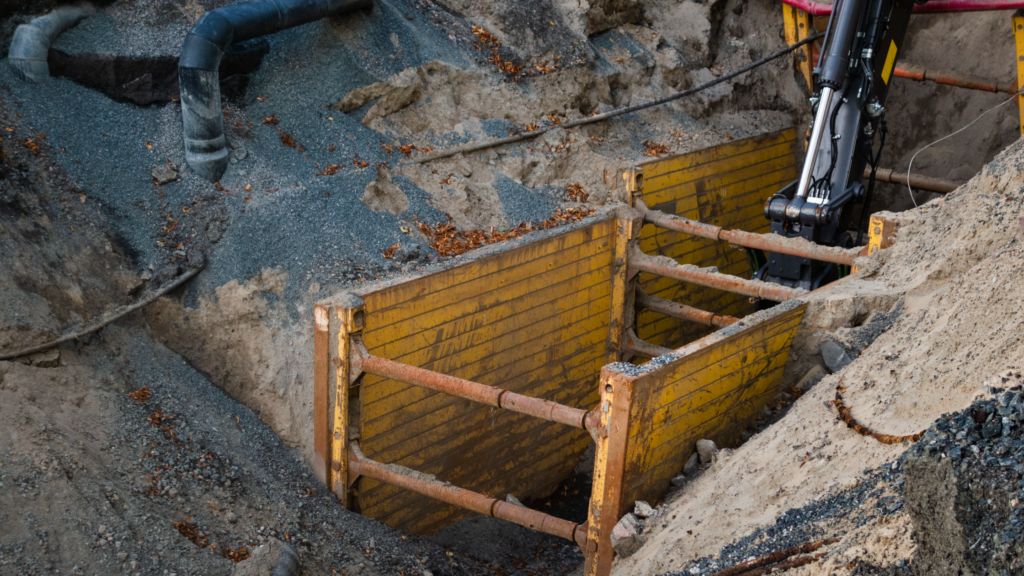
These structures aren’t designed to prevent trench cave-ins; instead, they protect workers in the event of a trench collapse. A trench box provides a protected space to shield workers from caving in soil. They typically involve thick panels held apart with spreaders to maintain the width of the trench box.
Competent person
OSHA also mandates that all sites have someone adequately trained in trench safety to inspect trenches daily before workers are allowed to enter. This person must ensure the safety and compliance of every trench, especially as conditions shift and change.
Ladders
OSHA requires that all sites provide ramps, ladders, or steps leading out of every trench over four feet deep. These structures offer a quick, easy exit in case there are signs of trench instability.
Bottom line
Cave-ins are predictable and almost always preventable sources of accidents, injuries, and deaths. Addressing trench cave-ins and collapses is simple when companies take appropriate precautions to adequately slope and shore trench walls and use trench boxes to protect workers.
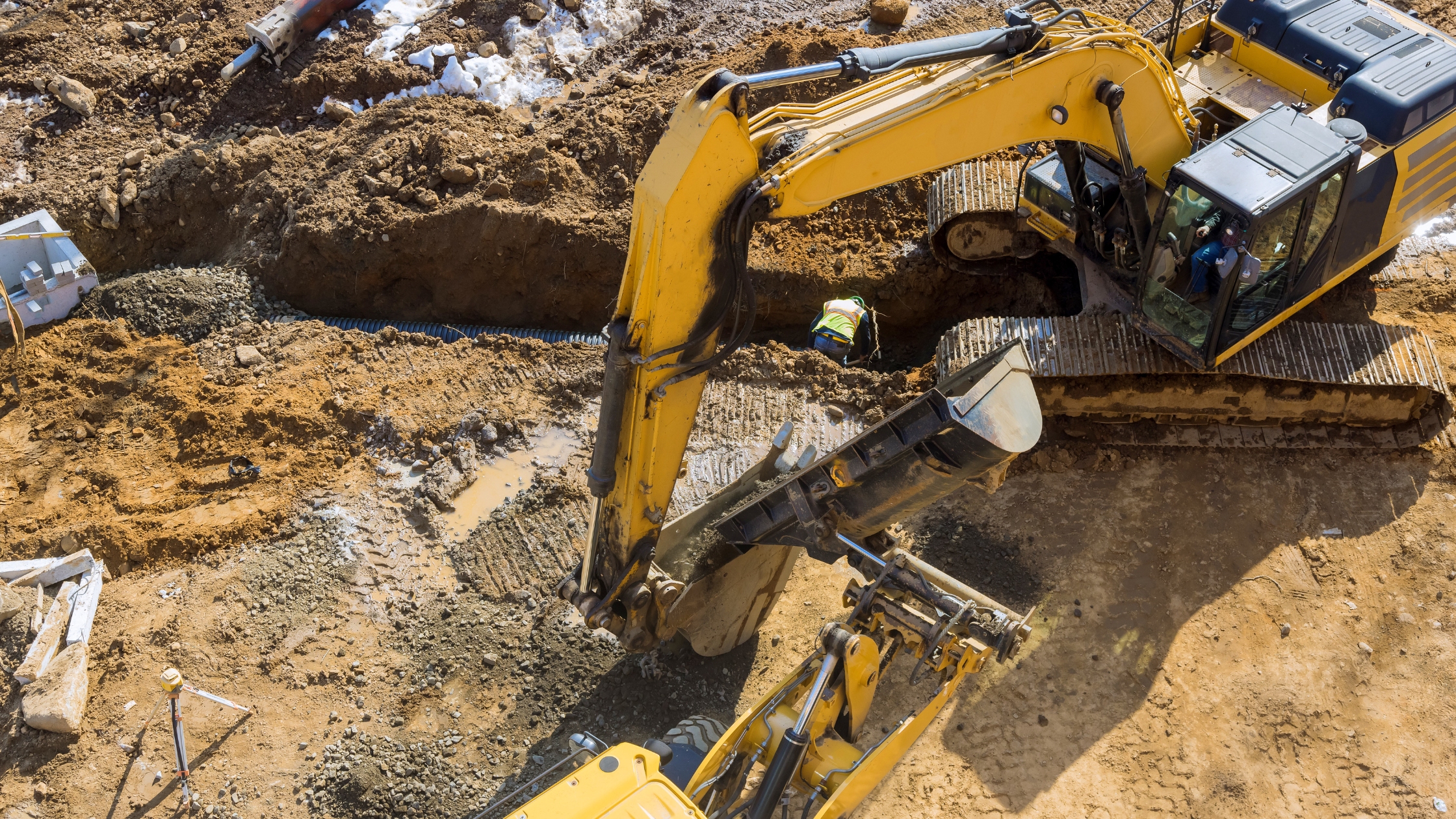



1 comment